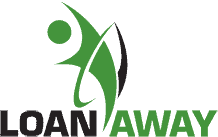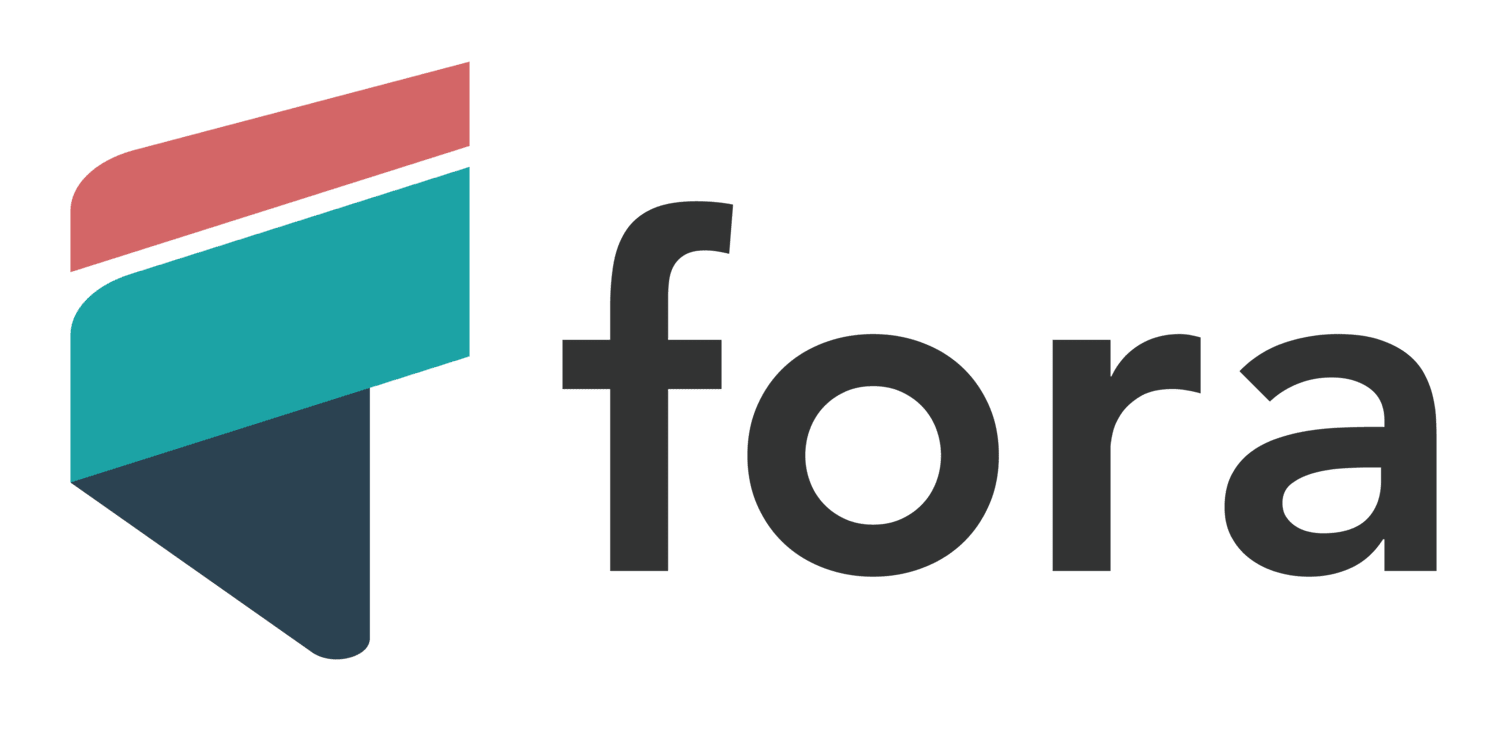Frequently Asked Questions About Getting A Line of Credit
What are the types of lines of credit?
Firstly, there are personal lines of credit and business credit lines. Then there are secured and an unsecured line of credit. Secured means are backed by collateral, so in the event that you don't pay back what you owe, the lender can claim that collateral as a form of payment), There are also some more specific types of a line of credit including: student lines of credit, designed for paying tuition fees and other costs associated with post-secondary education; and home equity lines of credit (HELOCs). A HELOC is secured against your home. HELOCs in particular are very common in Canada.
How can I use a line of credit?
They are useful because of their flexibility, and their structure means they are not really intended for single large purchases (such as a new car or house). Rather, they work best for intermittent cash flow needs, such as:
- Tuition fees
- Home improvement projects
- Running a small business or self-employment venture
- Emergency funds
While these are the most common uses, there are no restrictions on what you can use the funds for – once they're in your bank account, you can spend as you like. Some people use them as a form of debt consolidation that is cheaper than a credit card.
Am I eligible for a line of credit?
To be determined eligible the lender you choose will need to look at your financial information. This includes:
- Your credit score and financial history
- Your income levels
- The amount of other debts you have
- Information on your assets
All of this data taken together will inform a lender whether you are likely to be able to pay back the money you borrow. It will also help them to set the pre-approved limit on your line of credit, as well as the interest rate they'll charge you. The better off you are, the higher your borrowing limit will be, and the lower your interest rate.
It's also worth noting that secured lines of credit tend to be easier to get and have better rates than unsecured ones – because they are backed by collateral and are less risky for the lender. So if you're struggling to get approval for an unsecured, consider trying a line of credit that is secured instead.
What's the interest rate on a line of credit?
Most have variable rates that track slightly above Canada's prime rate, and the amount over prime that you pay is called the “marginâ€. This margin is calculated on a borrower-by-borrower basis, and is set lower for low-risk borrowers, and higher for high-risk borrowers, to reflect the lender's varying risk burden. In addition, credit interest rates on secured lines of credit are lower than on unsecured. So for a HELOC, rates can start as low as 2%, and on unsecured personal lines they start at about 4%. But these rates can rise to as high as 10%.
How much can I borrow with a line of credit?
The amount you can borrow depends on your circumstances, as well as whether it is secured or unsecured. A line of credit that is unsecured tops out at around $50,000 for the most qualified borrowers, while technically secured ones can go much higher, depending on the value of the asset you use as collateral. For example, a HELOC can in theory offer borrowing room of as much as 80% of your home's value.
How do I access a line of credit?
Accessing the funds you have been pre-approved for with a line of credit couldn't be easier. You can write cheques based on these funds, use ATMs, or use telephone or online banking to pay bills directly or to transfer money into your chequing account.
Where can I get a line of credit?
Many financial institutions offer lines of credit; this includes a bank, financial institution, and credit unions, as well as online lenders and alternative financial providers.
How much does a line of credit cost?
A line of credit is paid for in two ways: via the interest charges you incur through borrowing funds, and via fees. These fees come in a few forms. There are often application, loan origination, legal, administration or registration fees. These may or may not be charged by your chosen lender, and can be anything up to hundreds of dollars each. There are also usually fees if you fail to pay back money you have borrowed according to the line's terms and conditions. Similar to a credit card, they require a minimum repayment amount each month, based on the balance owing. If you don't make this minimum payment, you'll be charged a penalty.




























